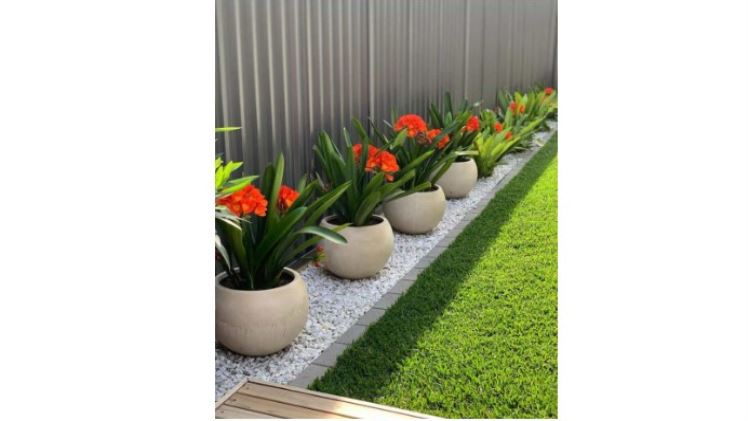People who can work with a designer to produce a beautiful and functional landscape often find that their home becomes much more valuable.
You capitalize on landscaping to refurbish your village’s face or area from plain to beautiful. The landscaping skills give you the knowledge and tools to create a specific trending piece to avoid being a copycat.
Understanding Your Landscape: Site Evaluation and Inventory Establishment
Before selecting any design, the first and foremost step is to fully assess your landscape. Take a comprehensive inventory of your property, considering factors like Take a comprehensive inventory of your property, considering factors like:
Soil conditions
The knowledge about your soil type (clay, sandy, etc.) will play a role in deciding what plant to get.
Existing features
Considering existing features like trees, patio, or fencing and integrating them into your garden design is one of your options.
Measurements
Craft a detailed blueprint of your plot, perfectly matching it to the floor plan to ensure a smooth design transition onto the real construction.
Hardscape vs. Softscape
Landscape design involves large and small elements like hardscapes and softscapes. Hardscape refers to the permanent, non-living features of your landscape, such as Hardscape refers to the permanent, non-living features of your landscape design, such as:
Retaining walls
Such a divider can be applied to devise fun elements, overcome terrain slopes, and collect multi-purpose areas in your landscape.
Water features
Such additions as fountains, ponds, or waterfalls may be necessary to complete your design and make it a show-stopper.
Meanwhile, the topic of softscapes is related to green ones, such as trees, shrubs, plants, and flowers. When selecting plants, consider factors like consider factors:
Maintenance needs
Consider how you live and the time you can allocate toward cultivation before selecting the best plants.
Designing with Principles
Effective landscape design follows several key principles:
Focal point
Make something fantastic as a focal attribute, such as a sculpture, a water feature, or a tree.
Balance
Create a strong impression of visual balance by deploying the elements of size and weight so they do not fight each other.
Proportion
Keep in mind the sizes of your space, and don’t go too big on your plants or hardscape features to avoid the emptiness.
Rhythm and repetition
Repeating design elements, such as the plant species or the hardscapes, can be done to achieve the flow and continuity that gives the design a cohesive look.
Incorporating Your Landscape Design Plan.
After that, you should evaluate the different elements and execute the sprinkler service to materialize your vision. If designing a plan by yourself, you can use graph paper, and when it comes to a more detailed representation, ground planning software will be necessary.
Conclusion
Landscape design gives you the power to transform your garden into a multi-use and inspiring oasis that reflects your green living style. By comprehending the basic tools and tips embroidered here, you are empowered to regard landscaping as a journey you can undertake yourself. Pay attention that creativity is spotted all around, so don’t hesitate to try out new approaches, individualize your landscape concept, and make it express your special style and evoke your pleasure many years later.
